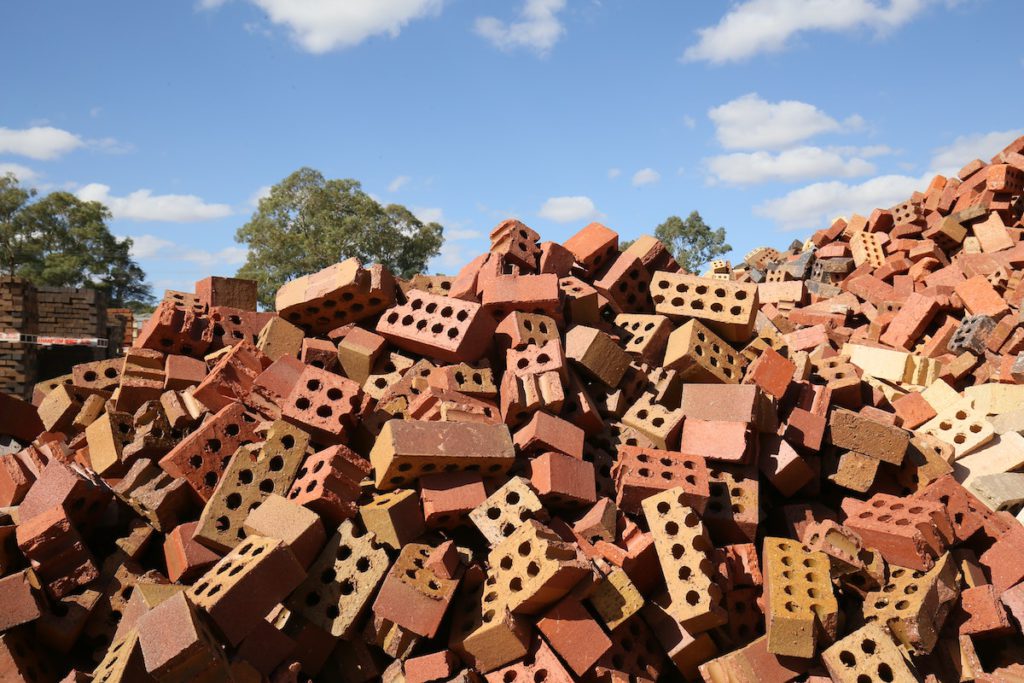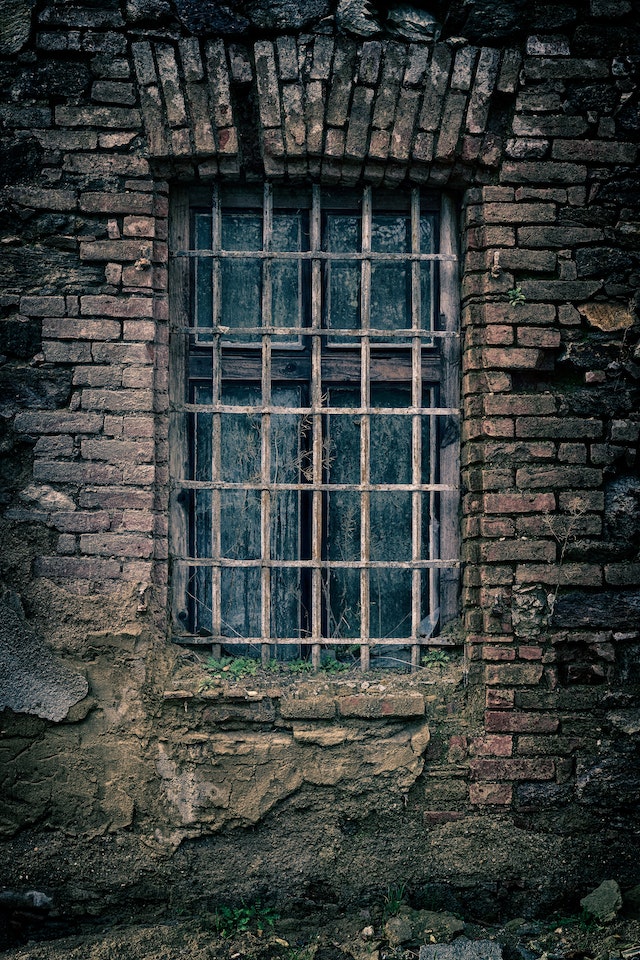This article discusses different techniques used to make bricks in Australia. Clay is mixed with water and dried, then fired in a kiln. Pressed bricks are stacked by hand, and fire or exhaust from an adjacent kiln is used to dry them. Dry-pressed bricks – the dry press is similar to the soft-mud moulded method but starts with a much thicker clay mix, so the dry press forms more accurate, sharper-edged bricks. Today, few bricks are produced by dry press methods when compared to the huge number of extruded bricks that are fired in tunnel kilns. Within a decade dry press machines ( usually referred to as Platts) were established as the preferred method of brick moulding. By the 1850s, pressing machines were common though the process of making pressed bricks remained labor-intensive. Perhaps the apogee was reached in the first two decades of the twentieth century when an extraordinary range of bricks, brick shapes and tiles were being manufactured using dry press methods. The earliest bricks were dried bricks, meaning that they had been formed from clay-bearing earth or mud and dried ( usually in the sun) until they were strong enough for use. No one really knows the earliest uses of mudbrick in the world but the oldest surviving bricks are 10,000 years old and mudbrick was one of the earliest building materials. Different Techniques Of Brick Making In Australia – have been used for centuries to create residential buildings, with fired most bricks being the most popular. Brick production is a stage process beginning with dried clay, which is then moulded into shape and dried before firing in a kiln. Earth brick, or mud brick, denotes the term for bricks made from mud and soil which are then cured in the sun before use in construction. Adobe and mudbrick are common terms used to describe these earth bricks. To create various finishes, bricks are placed into a kiln where they are fired at different temperatures.
In Australia, the most common types of bricks used are dry-pressed bricks, extruded bricks and perforated bricks. Dry-pressed bricks are made by pressing clay into moulds at high pressure. Extruding is the process used to produce extrusions and stacked pressed bricks. Clay is placed into an adjacent kiln where it is heated with fire exhaust. The clay is then softened through either a water-soft or stiff extrusion and a cool final product is formed.
Brick moulding is a popular technique used by brick makers in Australia for creating bricks. The soft mud moulded method is the most commonly used method, producing a more porous and lighter brick than the other methods. The dry press methods are still employed in some areas of Australia, but this has become less common over time due to the introduction of decade dry press machines, which only produced a few bricks due to their limited capacity.
The earliest bricks found in Australia date back to the mid-1800s and were formed by hand. This method was used for many years, but it was labor-intensive and costly. In more recent times, pressed bricks have become more popular, due to their strength and durability. These are made by using a machine that presses clay-bearing earth into the required shape. The oldest surviving bricks in Australia are from the late 1800s and were dried by the sun rather than kiln fired. These bricks remained labour intensive, as they had to be individually formed before they could be dried outdoors. Bricks have been one of the earliest building materials used in Australia and this form of construction has continued until today.
The materials used to make the most bricks in Australia are clay, shale and concrete, with constructing walls made out of mud brick and cob. The processes for making these materials vary but involve mixing them with water to create a consistent material. Another type of manufacturing process involves pressing the material into a mould to form the brick shapes.
This process is often used to create plastic bricks. Steel concrete, hand moulders and their inherent mechanical properties are used to produce wire-cut bricks. Concrete remains one of the most popular materials for brick making, and using semi-plastic clays can create innovative sizes and shapes. A mixer extruder is also used to make bricks from a mix of clay or concrete, sand and water. These bricks remain superior materials for the construction of low or high-rise buildings due to their strength and durability.
The different techniques of brick making preferred by brick suppliers in Australia are: Partially dried brick, hand moulders, handle wet clay and pressed wire cut bricks. The process required for making bricks involves drying them in the sun before they can be used. The green bricks are then inspected by the tax collector to check for any deficiencies. Hand moulders use a lever press to make and disallow other types of bricks from being made using a frog. This required manufacturing process means that only pressed wire-cut bricks can be produced. Wires are used to cut the pressed wire cut bricks into desired shapes and sizes during production. This ensures that the finished product has a uniform size, shape and colour. Inspecting these bricks is also important as it allows for any deficiencies or damage in them to be identified early on. In addition, using wires instead of other methods ensures that there is no unnecessary wastage during production which helps keep costs down.
Brickmaking in Australia has been around for centuries, and a variety of techniques have been developed over time to ensure quality and consistency. The most common techniques involve cooled-fired bricks, baked bricks and kiln blending. Cooled-fired bricks are created by using brick moulds to shape the clay and then firing them at temperatures between 1000 and 1200 degrees Celsius.

